Day 5: Indian Garden
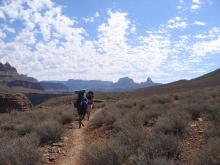
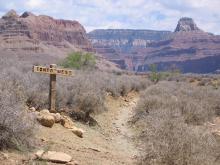
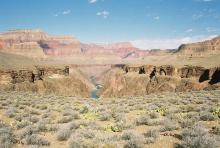
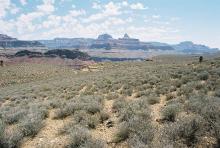
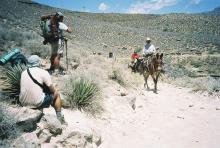
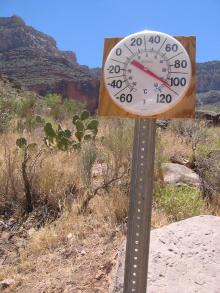
110 F (43 C)
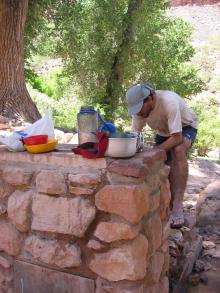
Dishwashing at Indian Garden
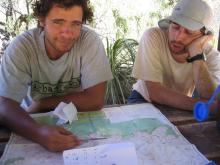
Very exciting planning
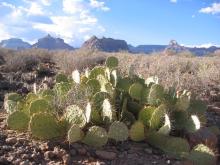
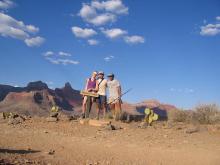
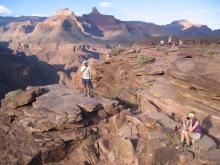
Plateau Point
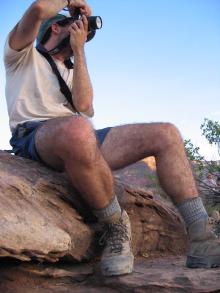

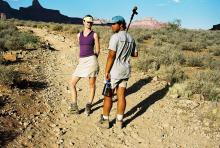
Towards Plateau Point
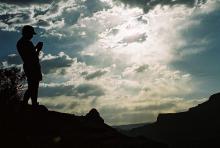
June 15, 2004
As anticipated, Horn Creek was dry as well. In any case, its waters are contaminated with a natural uranium source and its consumption is not recommended either. The existence of water is however patent due to the growth of trees and plenty of bushes in the area. This made Horn Creek a plausible spot for a lunch break that we gladly appreciated. After setting out again on our path to Indian Garden, we encountered our first rattlesnake of the trip. Elisabeth was leading the way at that moment and upon stepping on the path close to a big bush, we heard the rattle repeatedly. None of us had heard that sound previously but on TV, so we tried to be careful and bypassed the snake without bothering it too much. Later we confirmed our hypothesis that we would find snakes close to any water source, since water meant food for mice and mice are food for snakes. In fact, every time we found a watery spot in the dryness of the desert, the fauna around it was plentiful if not always visible.
At around 11am, we reached the intersection of the Tonto trail with the path to Plateau Point, one of the best observatories of the Canyon. After setting camp in the lush valley of Indian Garden and having dinner, we set out on a light evening hike to Plateau Point to return to our camp at dusk.
The next day we were going to enter the most dangerous area, the Rangers had warned us, because there were no real water sources available. In hot periods of the year, the availability of water in the 35km stretch from Indian Garden to Hance Creek was not guaranteed. Intent on using the earliest hours of the day we decided to bivouac through the night and skip building the tent, so that we could raise camp more easily the next morning.